Kronopolis
Kronopolis
Speculative City of Statues
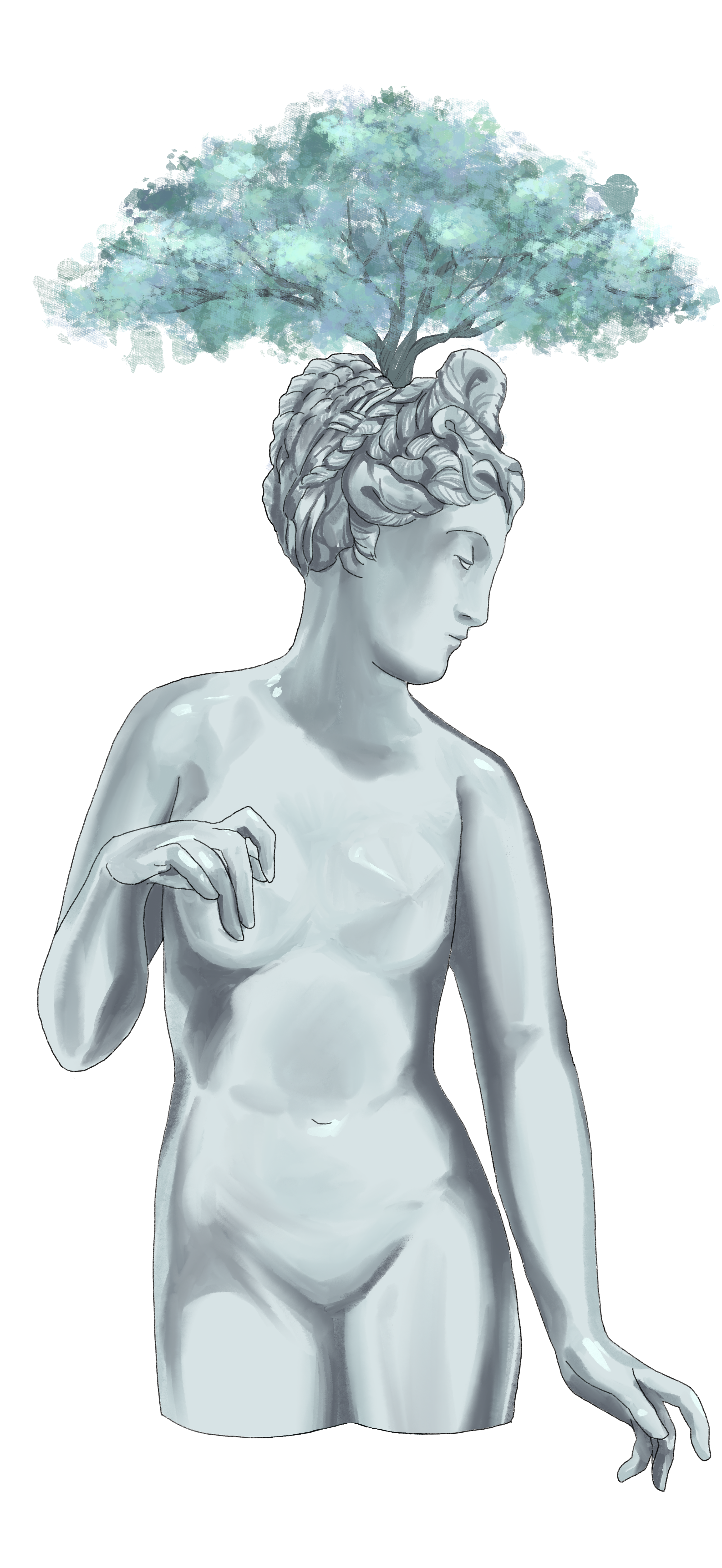
Brief:
The City of Kronopolis is constructed within the hollowed remains of the famous statue of Aphrodite. Long ago the original settlers stumbled upon this statue and as time passed they assembled scaffolding in order to expand to the growing population. The base layer of the city represents the culture and technological advances of the past, while each subsequent layer represents the city’s evolution across time. To visit the city, visitors portal via an activation of a QR code. As a rite of passage into adulthood, each person develops a QR code on their forehead. The code provides a form of identification and all interpersonal interactions are mediated through a hologram. Please join us on the next available scaffolding on a journey to Kronopolis.
WIP Gallery


To figure out what I wish my future city to look like, I went on an excursion in DTLA. By visiting historical buildings, museums and cemeteries, I realized a large part of city construction is to memorize. Therefore I starts to think about if people are not building statues inside cities, but in reverse, living in statues.
After the excursion, I illustrated and collaged the assets my team member and myself have collected into multiple scenes. Starting from the greater image of looking down at the city, I get into details and imagine what kind of life people are having in this city.
One key element in my illustration is the difference of height. The city of statue has multiple layers, to travel up and down, people have to take cable transportations that build on scaffoldings. Scaffoldings have been a very important part of life for people who live in Kronopolis. They construct the city by bulding scaffoldings, and for a lot of time, the scaffoldings don’t disappear after the construction finished, insttead, they become a part of the city.
The Story
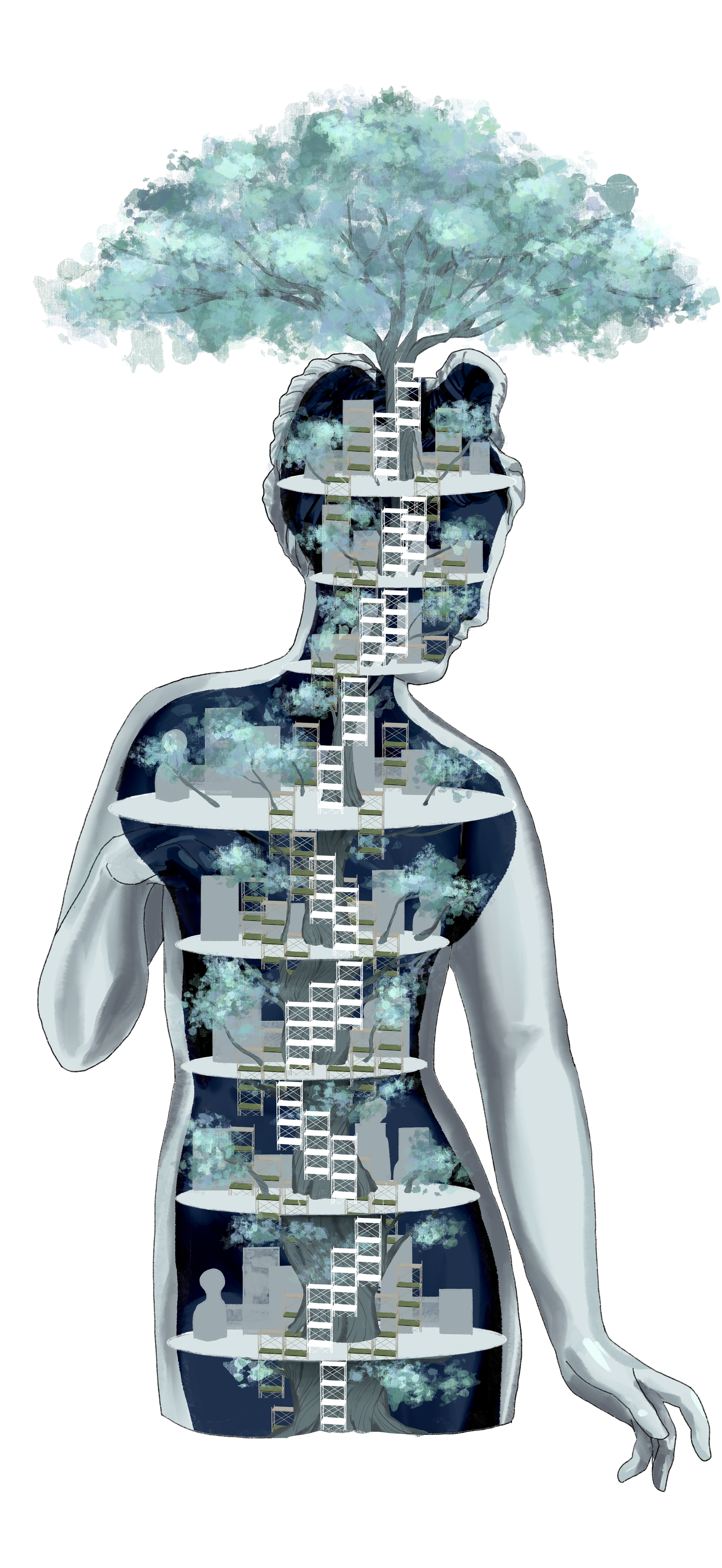
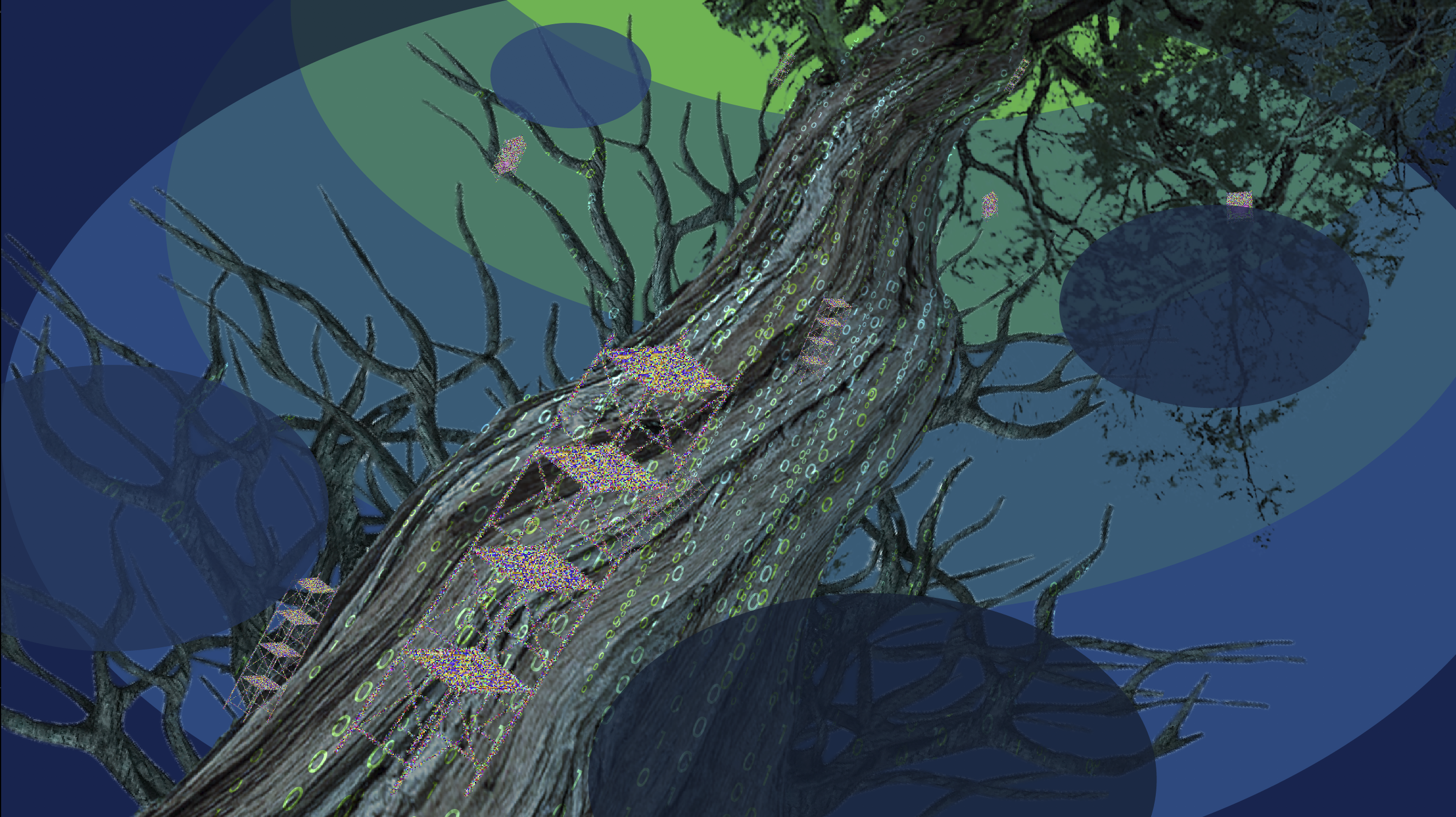
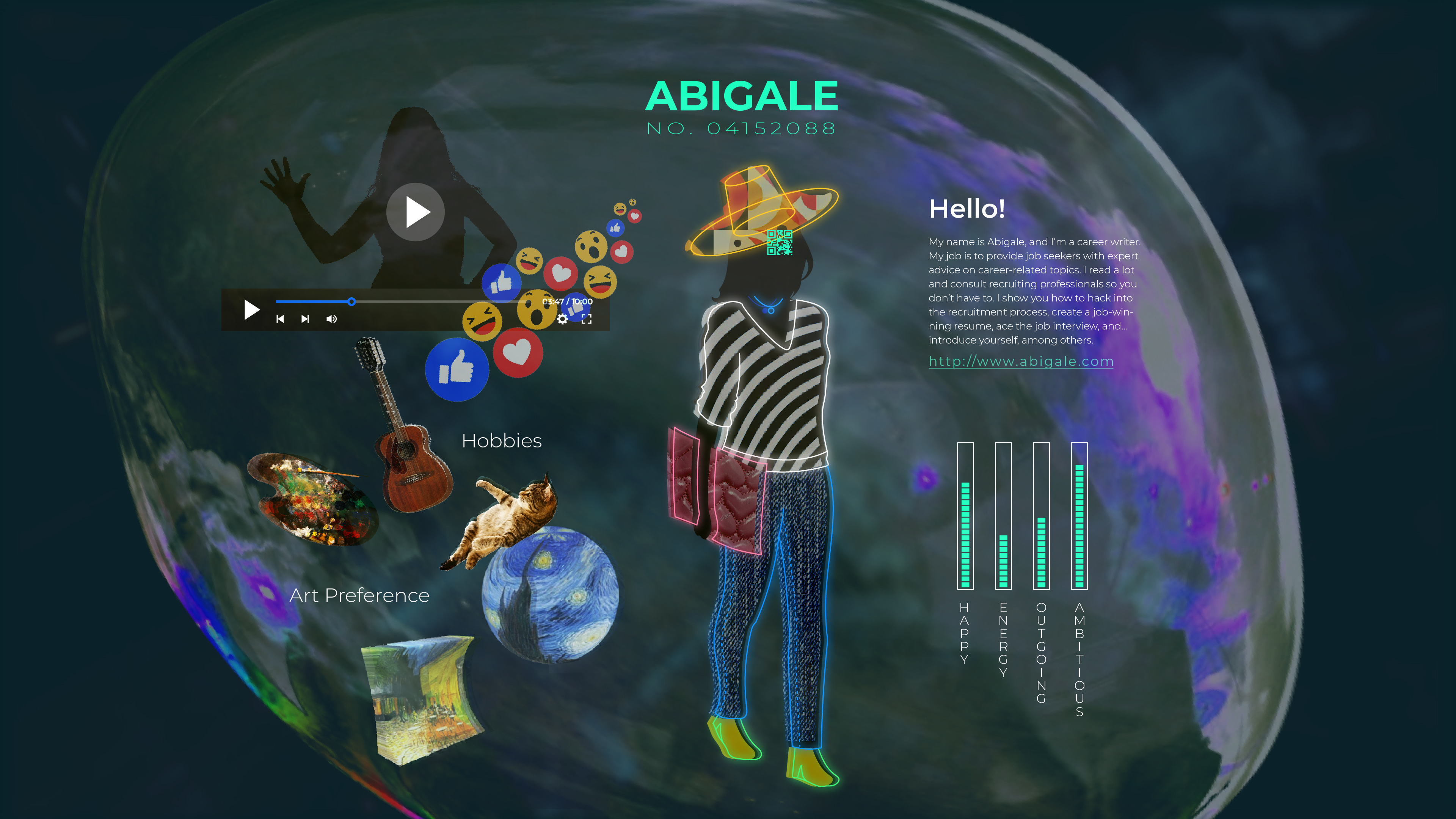
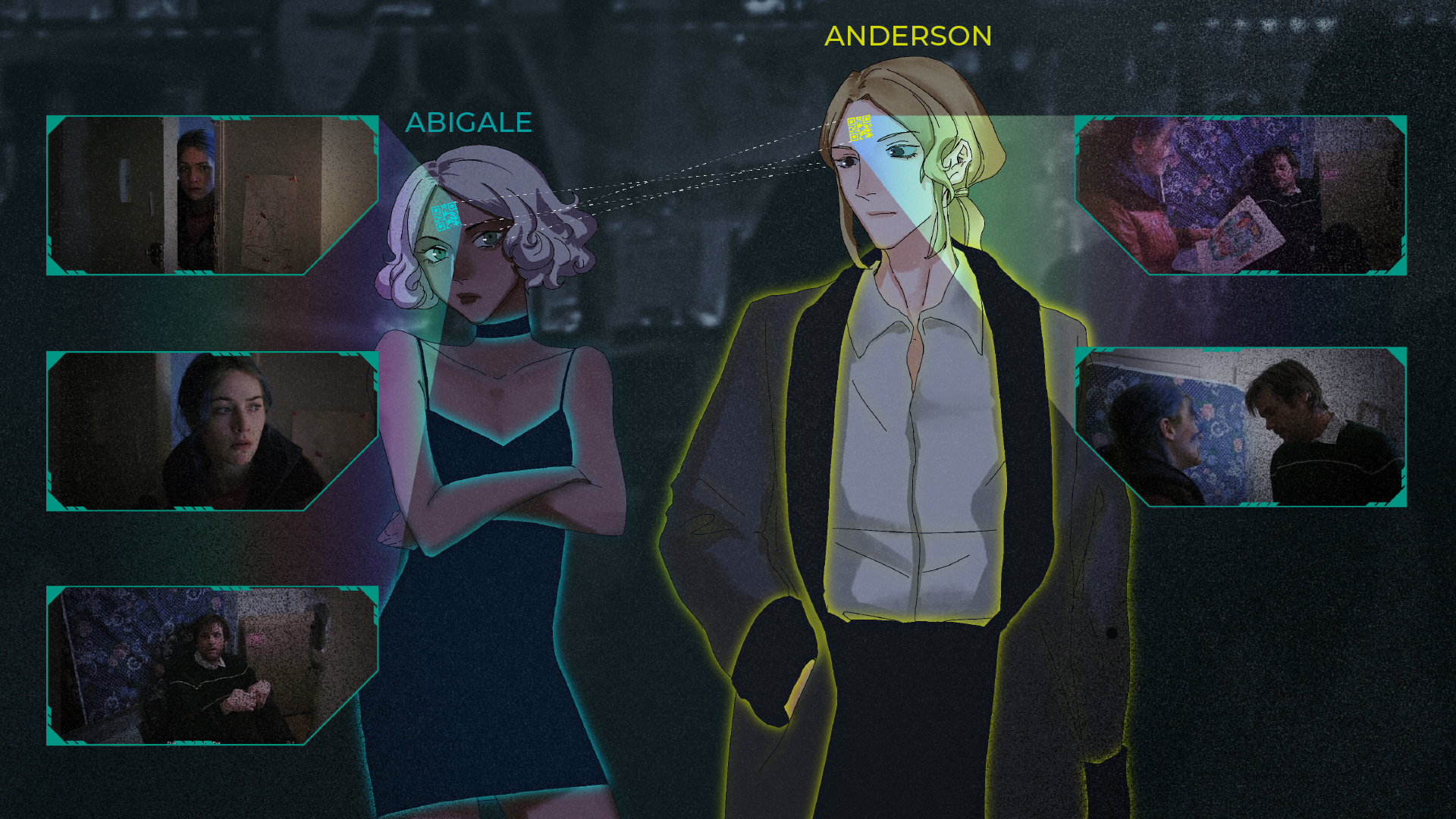

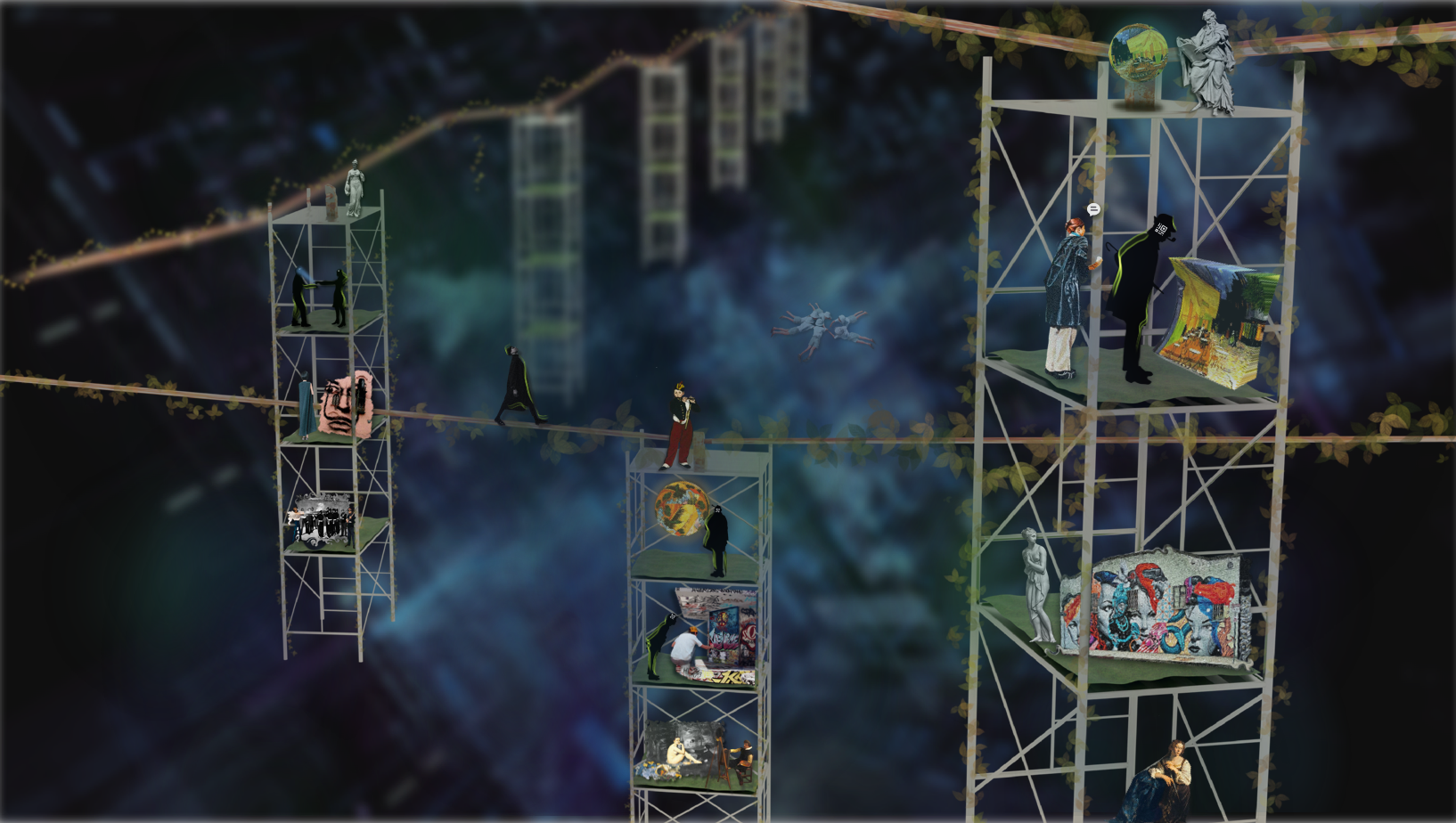
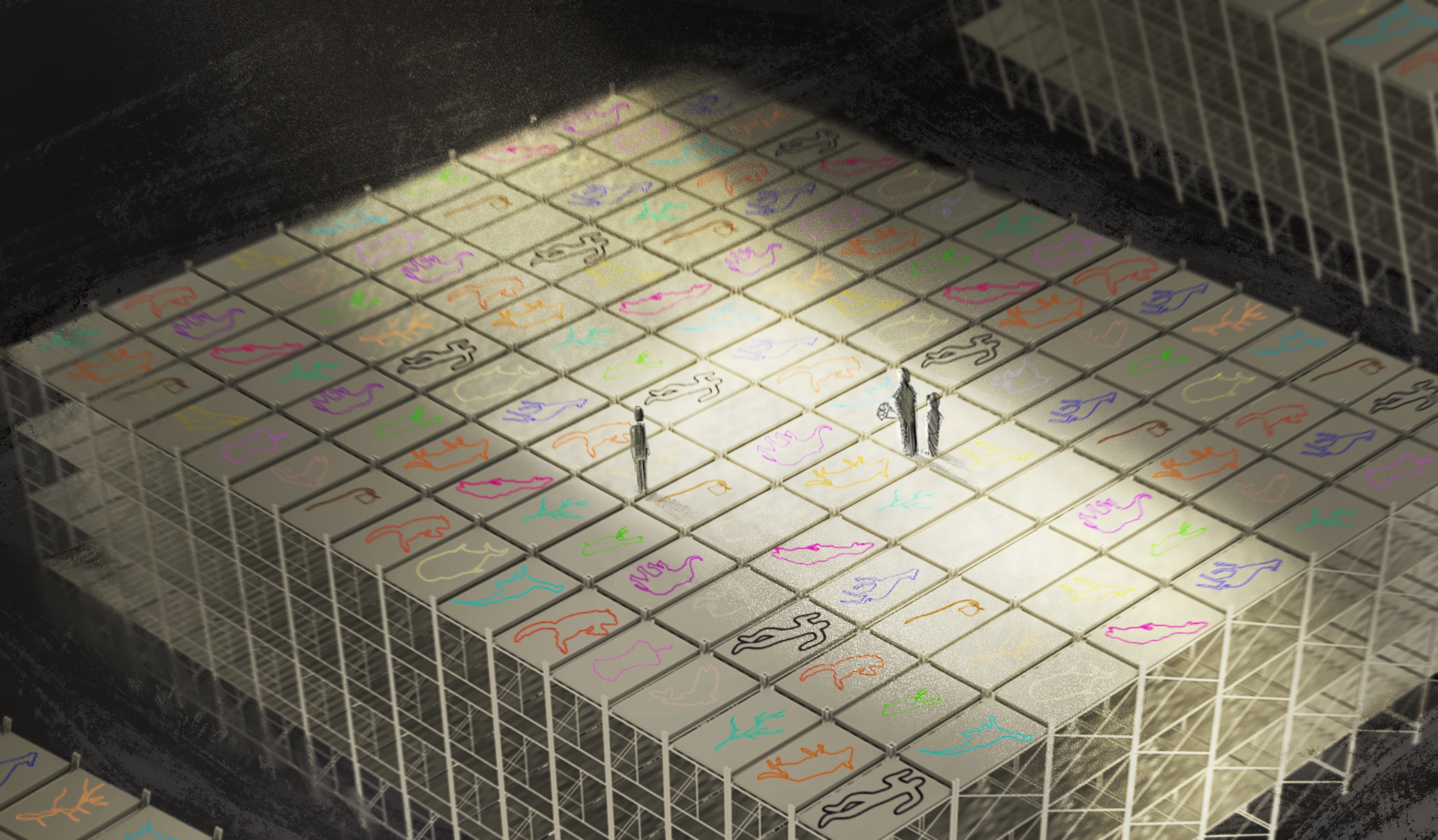
A world lives outside of Kronopolis, but to the people who have chosen to live in such a world, all that is visible to them is a computational world. An intricate web of QR codes keep the city afloat within the plasma fluid that the unsimulated world is made of, allowing for a different type of kinship to manifest.
In the center Kronopolis citizens live in a symbiotic relationship between technology and the natural world, represented by the central tree. Historical time is symbolized by the verticality of the city in which the original settlers of the statue reside in the bottom and as time progressed these citizens constructed scaffolding to dwell at the different layers. In the top layer, the citizens of the future occupy, but regardless, they can cultivate a life within the base which is assigned to the past.
Scaffolding provides the inhabitants with all of their transportation and structural requirements, while the central tree ensures their physical, emotional and spiritual needs. As mentioned before, each citizen develops a QR code as a rite of passage into adulthood. Citizens of the future developed technology to curate filmic scenes so that other citizens can scan and interact with each other via the link. Citizens traverse the expansive city -spatially and temporally- on gondola-like scaffoldings that are attached to the meandering branches of the central tree. In a moment on one of the gondolas, a X woman from the future encounters Y, a man from the past. Not only physically but through their curated holograms. X, let's call her Abigail, is intrigued with the hologram of X, let's call him Anderson. Additionally to interacting with someone face-to-face, Kronopolites create intimacy with curated historical scenes, transcending the idea of emotional relationship to a space and time frame.
Depending on the time of the year, citizens from the different temporal layers congregate to share their insights and transfer technological advances. Since there is no dead, each being holds their memories inside a library structured in concrete servers, therefore knowledge is never lost. Each server is the most future state of its human being.
Thanks to Every Team Member:
Blake Shae Kos
Flora Yanting Zhou
Jue Xiaomeng Wang
Mario Santanilla
Yining Gao
Software used:
Procreate, Adobe Photoshop, Illustrator, InDesign, AfterEffect
Procreate, Adobe Photoshop, Illustrator, InDesign, AfterEffect